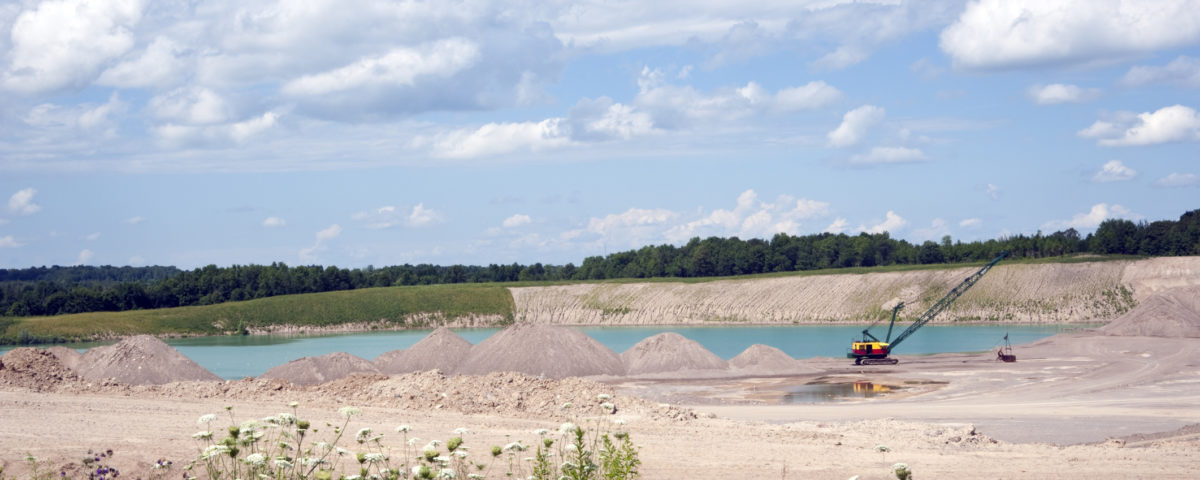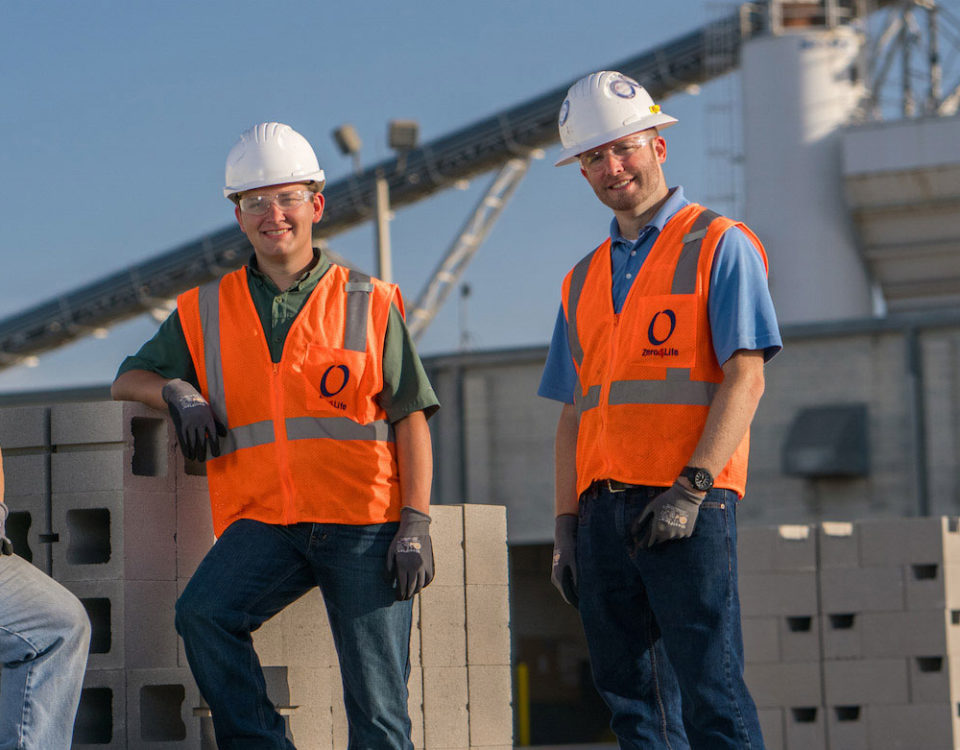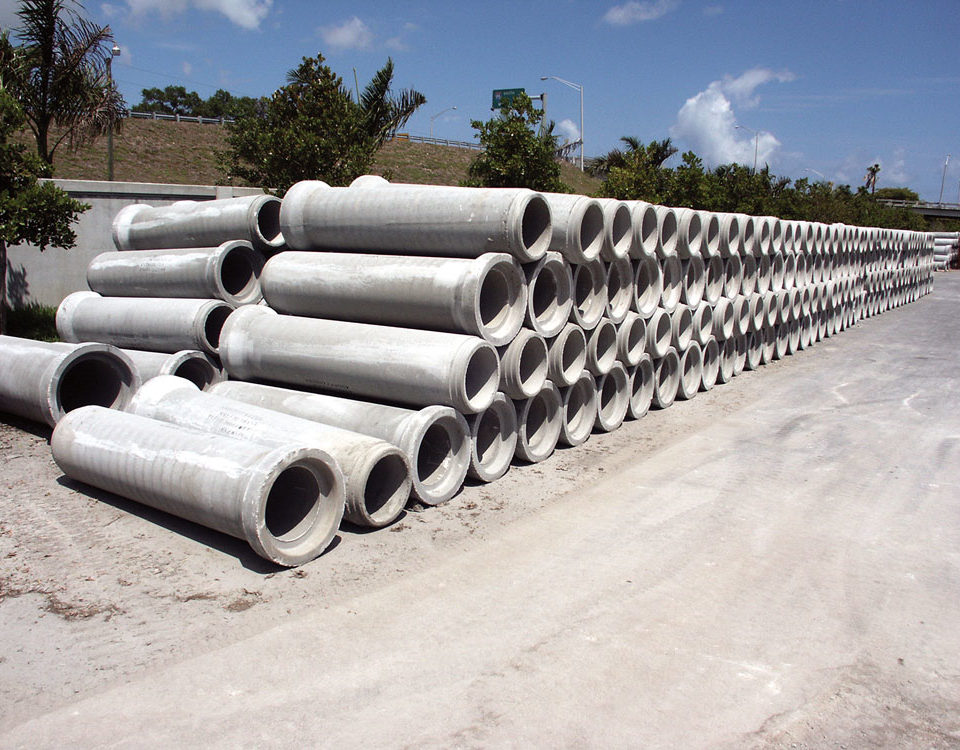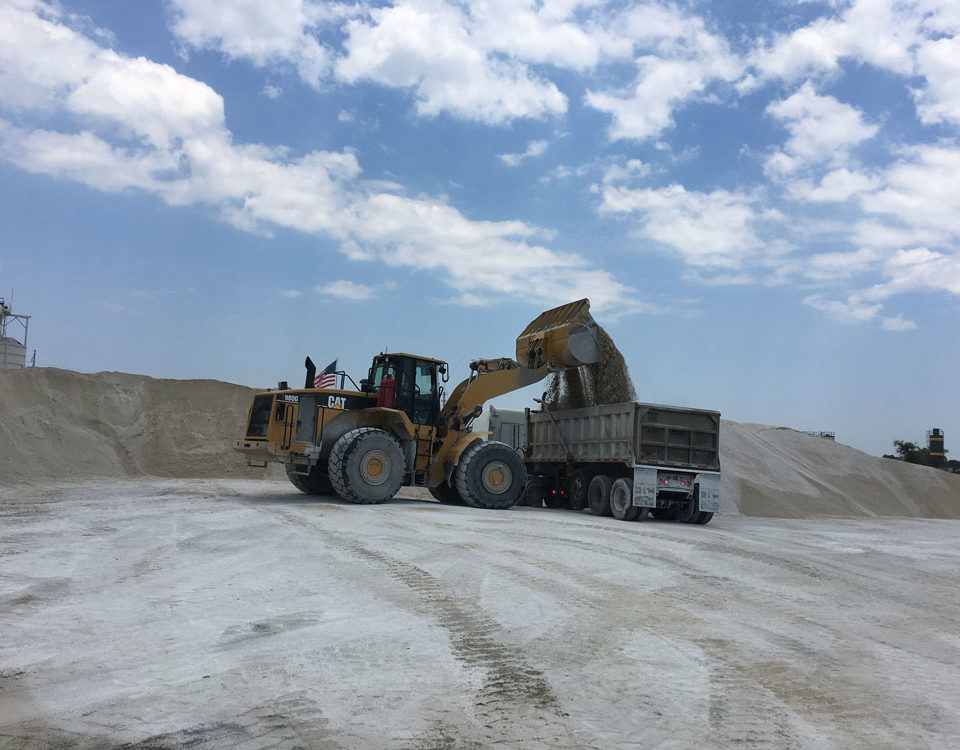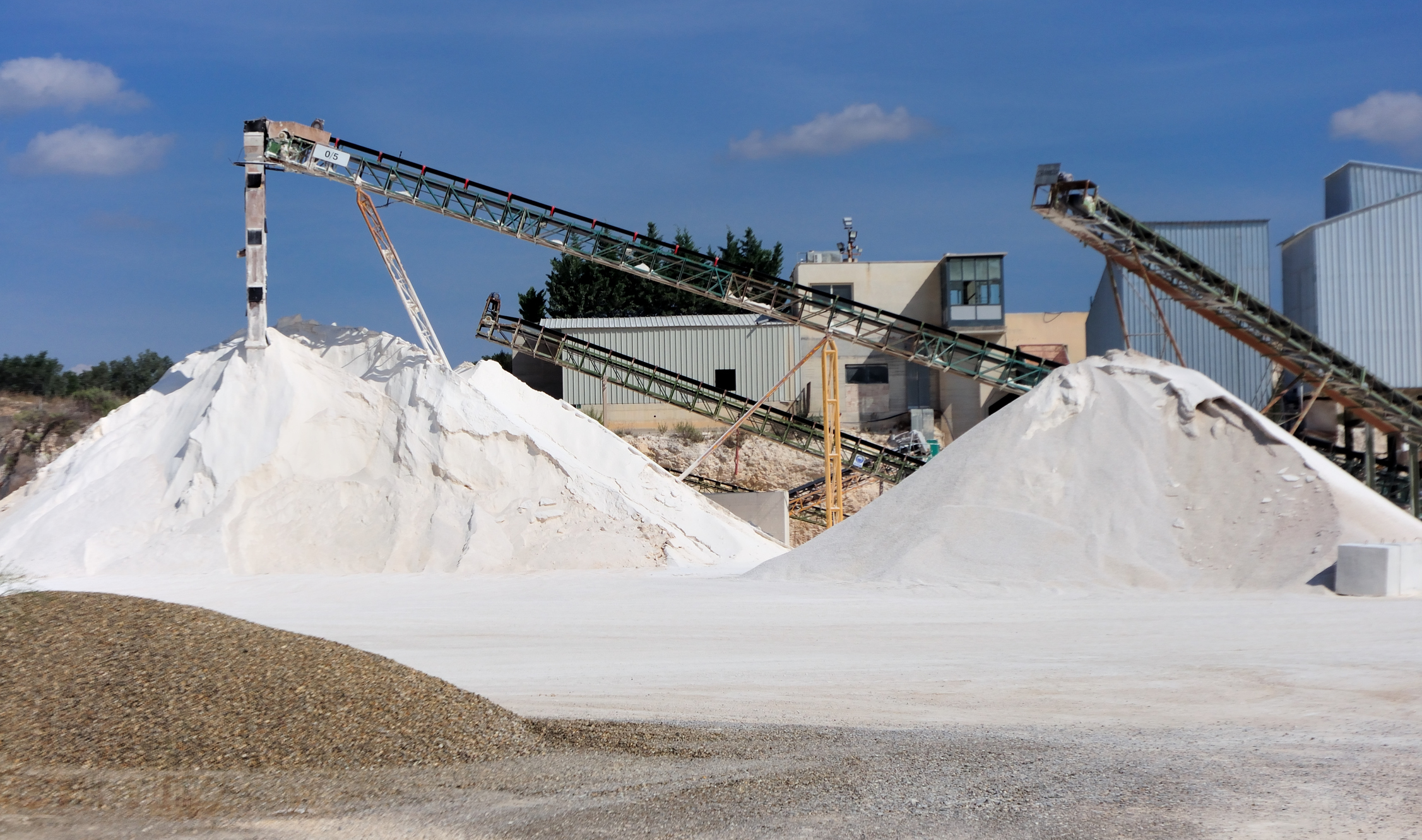
Limestone: The Not-so-Secret Ingredient to a Better Infrastructure
January 2, 2018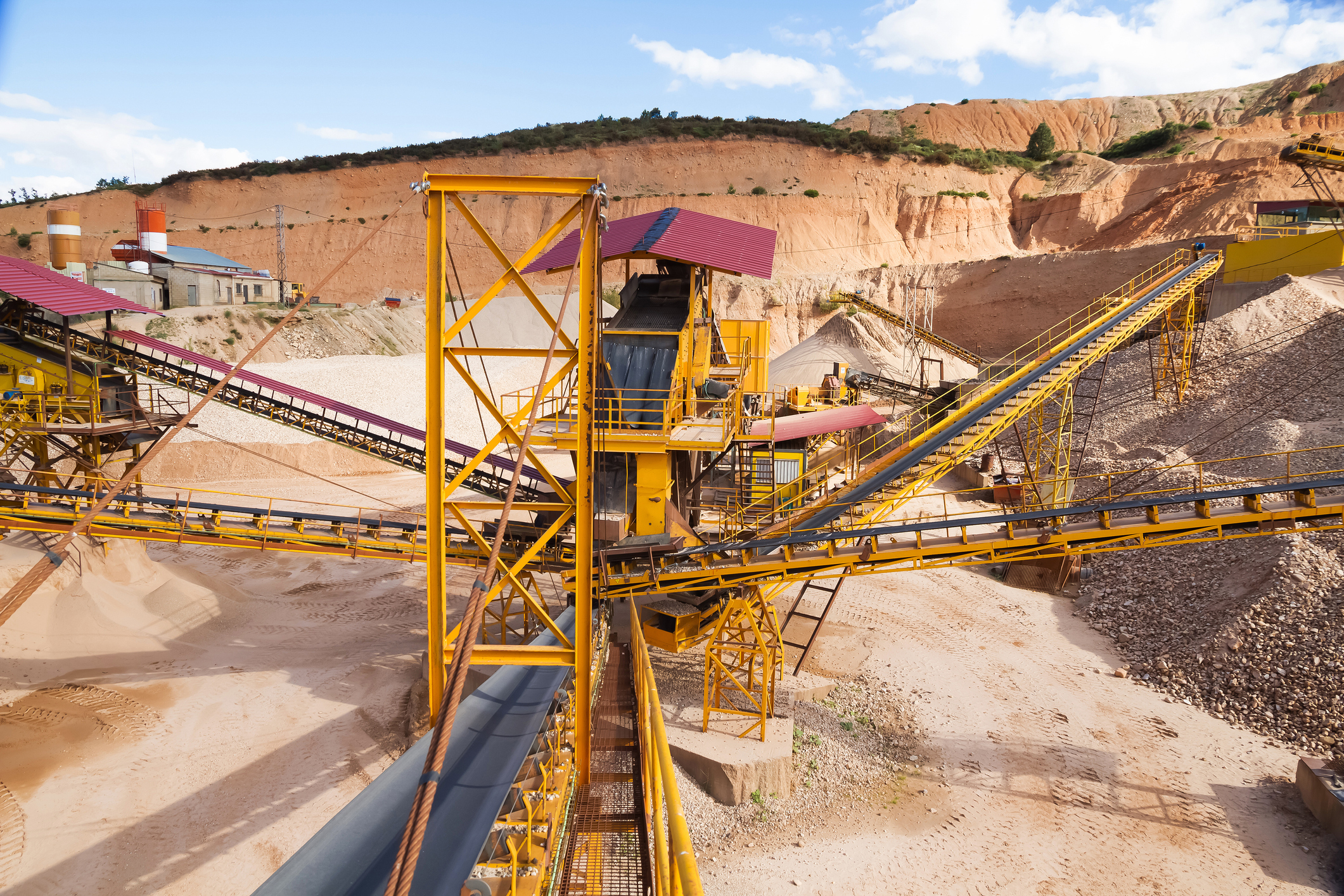
We’re Pickin’ up Good Vibrations
January 9, 2018Environmental Impacts
Concern regarding the impact of quarrying is hardly new. Complaints about the quarrying industry and its effects can be traced back as far as the late 1800’s. The issues of concern have not changed as time has gone on. Nevertheless, quarrying is interwoven into our local heritage.
Most people are well aware of the potential negative impacts of quarrying. However, the industry has taken numerous steps and undergone massive transformation to mitigate the impact on the local environment and community while still fulfilling our need for aggregate material.
The Lake Belt Project
Enveloping nearly 50,000 acres located on the western border of Miami-Dade County, The Lake Belt is an area of environmentally-sensitive land comprised of wetlands and lakes. It serves as a potential buffer between the Everglades and conceivably negative impacts of urban sprawl from the West Miami area.
State legislatures specifically identified the Lake Belt as an important area for both the economy, as well as the environment. To maximize the utilization of this space economically while maintaining environmental preservation, state legislatures implemented the Lake Belt Committee to develop a plan to:
- Enhance the public’s water supply for Miami-Dade County and the Everglades
- Optimize limestone recovery efficiency while positively affecting community social and economic impact
- Halting and buffering potentially detrimental urban expansion
- Eliminate non-native vegetation, revitalize the wetlands, and contribute to restoring the Everglades overall
- Educate various community groups and the general public of the Lake Belt Committee plan
The Northwest Wellfield resides at the eastern edge of the Lake Belt and represents the largest drinking water wellfield in the state of Florida. It supplies approximately 40 percent the fresh, drinkable water we enjoy in Miami-Dade County.
Balancing a Mutually Beneficial Relationship
The limestone industry understands the importance to balance quarrying interests as well as environmental concerns in relation to environmental conservation, as well as water supply preservation as management for both our community, in addition to Everglades restoration.
While South Florida is home to some of the most vital limestone operations anywhere in the United States, the limestone products industry has positively contributed over $126 million towards protecting, preserving, and restoring the Florida Everglades as a part of the Lake Belt Plan.
These contributions have helped to fund the acquisition and restoration of over 12,000 acres of Florida wetlands. The limestone industry has additionally contributed over $20 million to help upgrade Miami-Dade’s vital water treatment facilities.
Aggregate quarrying operations cultivate a valuable ecosystem that exists near local wells. They help keep water pumps online, and support water storage systems; helping them produce plentiful, clean, low-cost water that millions of South Florida residents can enjoy.
South Florida quarries also serve as essential water storage facilities and are an important part of the South Florida Water Management District’s Everglades Restoration Plan.
Protecting Our Environment from Invasive Species
Quarry lands not only provide a protective buffer between the Florida Everglades and the urban sprawl and development of South Florida but additionally protect our Everglades from the invasive Melaleuca tree species.
Melaleuca was introduced to the Everglades during the early twentieth century. The goal was to utilize Melaleuca to help with waterlogged and flooded areas in Florida’s wetlands. However, Melaleuca displayed an insatiable thirst for water and thrived in the Everglades.
This displaced native vegetation, including cypress and sawgrass. A large portion of the landscape considered viable and already employed for limestone quarrying is heavily infested with the Melaleuca species.
This is a further benefit and cohabitation between the limestone quarrying industry and our environment. With environmental groups as well as the State of Florida desperate to eradicate Melaleuca to the benefit of the Everglades water supply, limestone quarrying helps aid this situation by eliminating the invasive plant themselves.
Quarrying for a Better Environment
Not all quarrying is inherently environmentally negative. The end goal once a quarry’s life cycle is over is the reclamation and rehabilitation of quarrying land. This transforms an otherwise unusable area into a functioning natural habitat.
Reclamation is the process of restoring a natural grade to the mining area, providing suitable topsoil for native vegetation propagation. This transforms the quarry from an otherwise unused landscape into a healthy, natural ecosystem.
When analyzing and determining potential quarrying locations, the limestone industry takes every step to consider future reclamation once limestone mining is no longer viable. This is one of the numerous steps to ensure a better environment, and a mutual relationship between limestone quarries, and the areas in which they reside.

